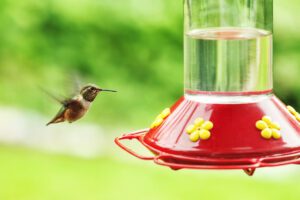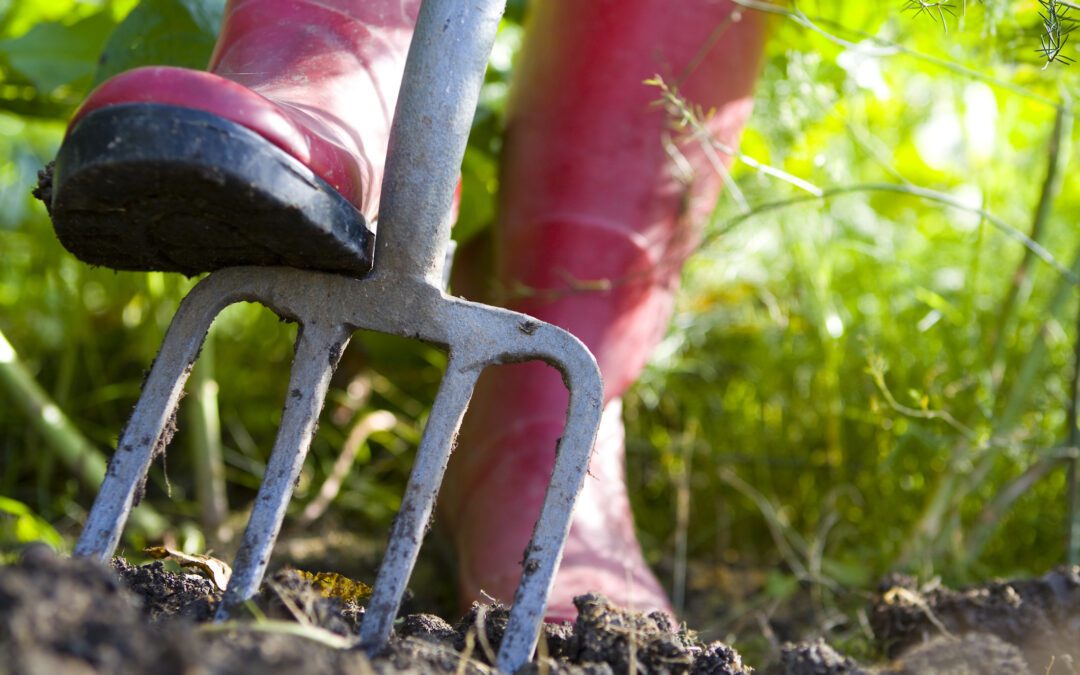PLANT
- Plant trees, shrubs, perennials, and hardier annuals.
- Plant cool season veggies (greens, spinach, broccoli, beets, cabbage, carrots, onions, potatoes, radishes, and more.
- Plant fruits, asparagus crowns, strawberries, and hardy herbs.
- Start warm-season veggie transplants indoors.
- Wait to plant warm-season veggies/tender herbs/tender annuals outside until after Mother’s Day. This includes plants like tomatoes and peppers, basil, and zinnias.
PRUNE
- Prune roses in early April.
- Prune spring-flowering shrubs after they bloom, and then fertilize them.
FERTILIZE
- Fertilize cool season vegetables.
- Fertilize trees, shrubs, and perennials in mid-April. This can be helpful after the past winter’s cold damage.
- Fertilize roses when you can see the first bud color and fertilize regularly after that according to fertilizer instructions. Roses are heavy feeders.
- Fertilize fruit if not already done.
MORE
- After weeding, mulch flower beds and vegetable gardens – preventing weeds is so much easier than later pulling weeds.
- Mow lawns at 3” to help prevent weeds throughout the growing season. Mowing shorter than 3″ invites weeds to sprout in scalped areas.
- Hang hummingbird feeders around mid-April.
- Bluebirds have been spotted! It’s time to put up bluebird houses. Don’t plant anything around the pole, as bluebirds like to be able to see the ground around them. We have bluebird houses in stock.
- Wait until late May to determine whether plants are dead from last winter’s zero degree Christmas temperatures. The warmer weather will give them a chance to revive. Some, like figs, may revive from the roots if the gardener is patient.


